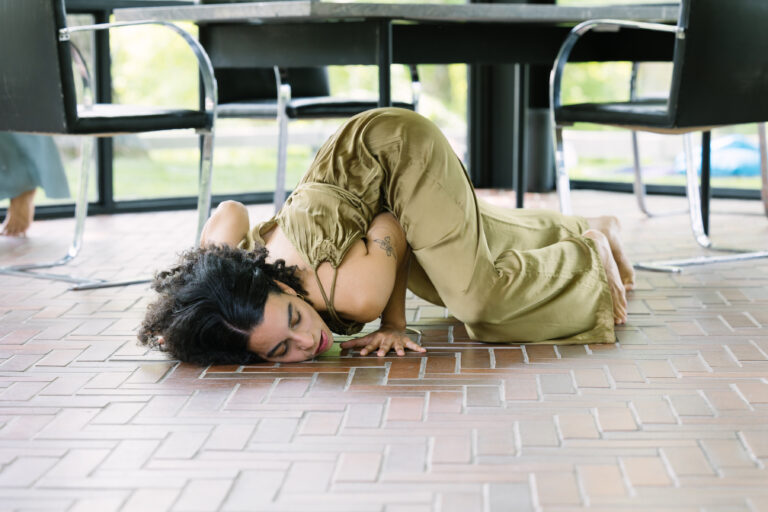
With the fall semester rapidly approaching and university plans coming into focus, higher ed faculty members are likely drafting (and re-drafting) their syllabi—and wondering what a full semester’s worth of online or hybrid online/in-person dance courses will even look like.
Take comfort in the fact that dance professors across the country are in the same boat, and that the higher ed dance community is an unfailingly generous one. We spoke to five educators about what worked well for the second half of the spring semester—and what they’re planning to do differently this fall.
Gesel Mason, University of Texas at Austin, associate professor
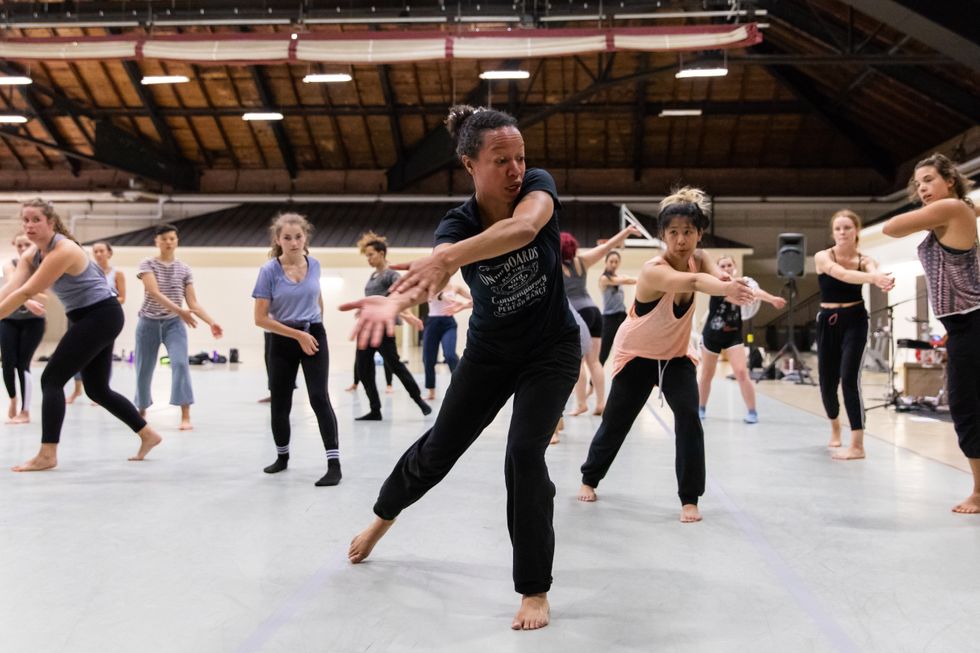
Photo by Jonathan Hsu, courtesy of Mason
On Zoom exhaustion: “As teachers, we normally feed so much off energy—you can feel the mood change, and change your lesson plan accordingly. But it’s hard to feel that on Zoom. How can we keep that energy moving in the Zoom space? It took three weeks for me to figure out how to avoid becoming Zoom-austed (Zoom + exhausted). One thing was breakout rooms. Or we would turn off our own video to watch people performing—it was like watching groups in the studio. I’d ask someone if I could spotlight their video: ‘Do you mind if we watch you do it?’ I also learned that time shifts—you’re not going to get as much information out in a class on Zoom, but you can focus on detail instead.”
On composition: “With my comp class, one of the things they would’ve done is set work on other people. And then…the pandemic happened. I told my students, ‘I still want you to set this on somebody else. It could be somebody in your household; it could be a friend.’ And all of them did these quite amazing things. We’d been working on pedestrian gesture, and one student taught his cousin or maybe his girlfriend. He said, ‘Wow, she does those pedestrian gestures really well!’ I was interested in the communication it took: Did they focus on getting the choreography perfect, or did they work more on an idea or a concept? How did they talk to the person they were setting the work on?”
On warming up: “I had my students decide what their movement protocol would be. What’s the stuff they knew they should be doing? Did they need to run? Meditate? Lie in constructive rest? Do their physical therapy exercises that they never do? We’d turn off our cameras, and I’d check back in after 20 minutes. I told them, ‘I’m not going to spy on you. What do you need to do to be ready, to be present, to be here in your body?’ It felt like a good way to go in. And I did the same thing—I got 20 minutes to do some conditioning!”
Betsy Brandt, Webster University, adjunct professor
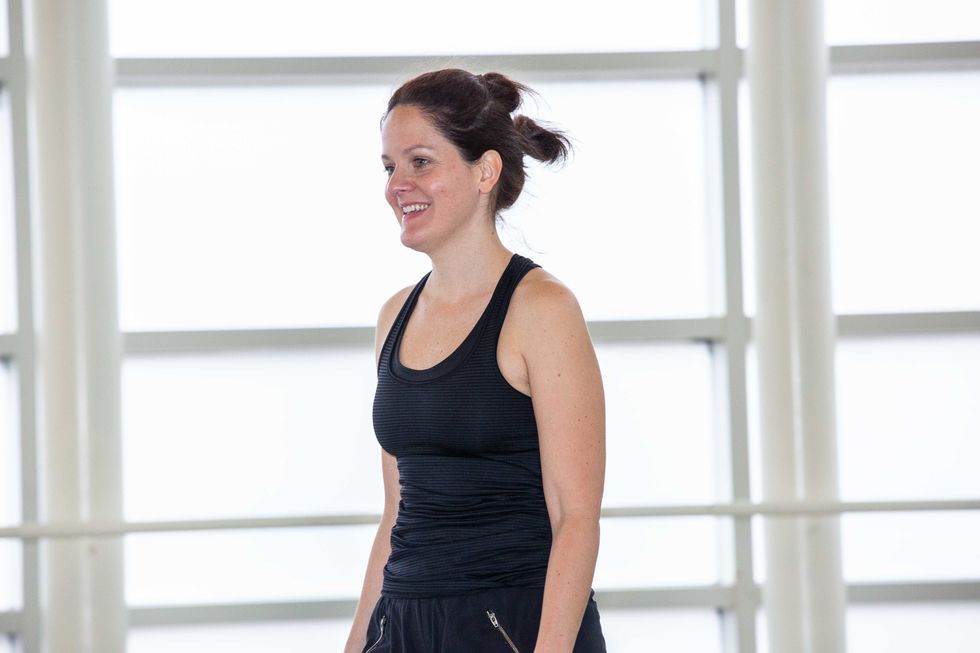
Photo by Gerry Love, courtesy of Brandt
On synchronous versus asynchronous classes: “When we first started, I was very on board with asynchronous classes, because of conversations about equity and access to technology. And then I realized that having a group Zoom was undeniably emotionally supportive and helpful for a number of students—so I felt like I needed to do more live classes. I realized that part of training dancers is training them how to show up, whether they’re having a good day or a bad day or they broke up with their partner. From that perspective, students weren’t being served by asynchronous classes—they weren’t able to practice this very valuable career skill.”
On pushing through challenging moments: “When I was teaching composition, I had to remember not to trust my own anxiety when I was giving students new or challenging information. In the past, I’ve had experiences in my comp class where I’ve thought, ‘Wow, they hated that assignment—they’re not on board,’ but I had to let that sit. And over the next few weeks, I’d see that it was useful to them, that some big upheaval or growth was happening. All of that was amplified on Zoom. I spent a lot of my comp class focused on dance for the camera, because I wasn’t interested in having students pretend that they were making live dance when they really weren’t. There was a class where the students expressed that they were a little sick of making dance films. I stood my ground, and after we hit that wall together, they started to take some really profound steps forward.”
Danzel Thompson-Stout, University of Illinois at Urbana-Champaign, graduate student
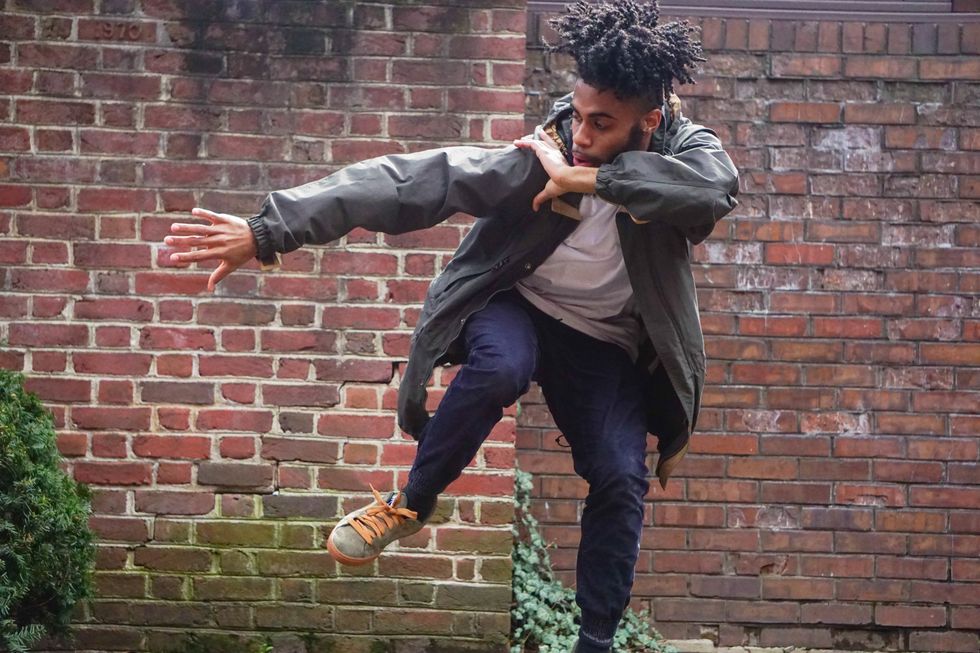
Photo by Shanel Edwards, courtesy of Thompson-Stout
On teaching hip hop virtually: “I chose to focus on popping, which is way more stationary. Every week, the students had to submit a freestyle video to me, based on certain elements or variations from class. One part of our warm-up, for example, had to do with isolations of the head, shoulders, chest and knees. So for one video, they had to freestyle while isolating body parts. For another video, they had to focus on hip-hop aesthetics—rolls, shakes, shifting, bounces, twisting. They had to do each one separately but also smoothly transition from one to another. The videos allowed them to not just focus on the technique and foundation of the movement but take it into a place of agency and embody it for themselves—to use the aesthetics to explore their own movement vocabularies and find more ways of operating in their own bodies.”
On safe options for the fall: “I teach to exhaustion, and I know I can’t do that in the fall. Because if people get to a place of exhaustion, that means they’re breathing heavy, and their mask is soaking wet, which means it doesn’t work. My goal when I teach is to have dancers drop into themselves and their weight, to really connect to a visceral place in their body—to dance from their trunk, not their limbs. How do I have dancers access that in person without sacrificing their safety? There’s teaching outside, but the weather might not hold out. So I’m thinking about focusing more on finding connectivity in the body. I’m trying to come up with exercises that choreograph how dancers can each move in a box—in their own square—and always stay the same distance away from each other.”
Stephanie Miracle, University of Iowa, visiting professor
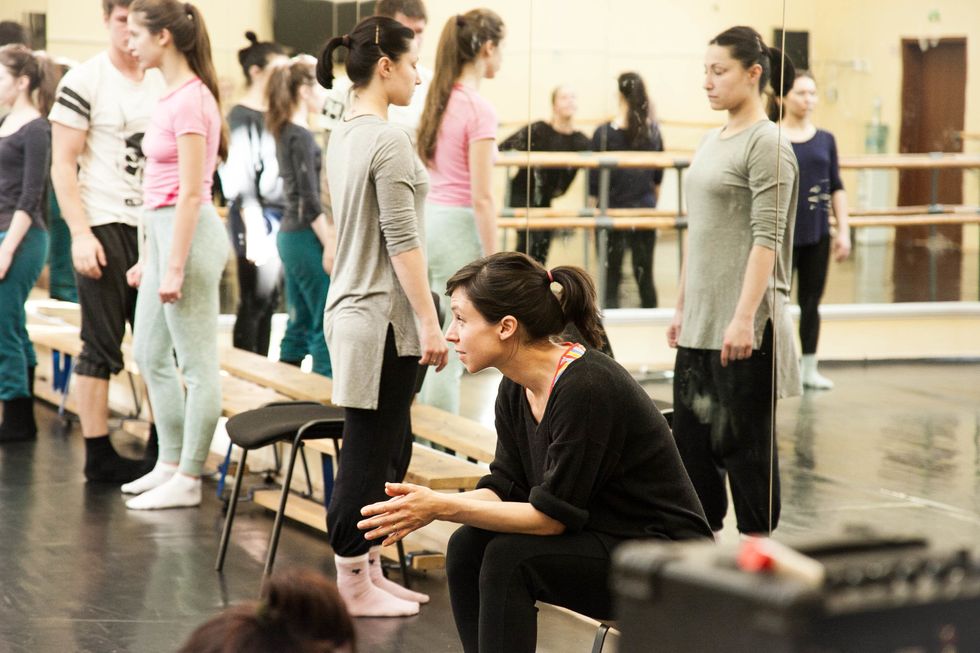
Photo by Zhenya Plyasunova, courtesy of Miracle
On the value of communication: “The modern class I taught in the spring was all freshmen, so it was a pretty traumatic way to end their first year—online. Communication is such an important part of that first year in college. I assigned them each accountability partners who would rotate every week, so people were contacting each other and working on assignments together. It brought a different kind of humanity to the experience.”
On audible-only lessons: “Teaching on Zoom often felt like being in a cave—the students had a hard time creating spatial memories. I find that when I’m listening to a podcast or having a phone conversation with a friend while walking, I can hold on to that experience in a different way. So I experimented with audio recording lessons—they were like body meditations you could listen to from your phone and go outside with. I might try some variations with this in the fall, maybe in an outdoor setting as a group. It could be a prerecorded audio class where the students can listen to it from their earbuds and have an intimate, nonscreen experience that can also allow for closed eyes.”
On learning from video: “I tried working with simple phrases that had no verbal instructions. The students just had to learn the phrase I made from video, which was something the freshmen hadn’t had much experience with. It really challenged them—for a lot of them, it leveled them up to a different maturity of how they learn, and it was a nice exercise in detail and timing and energetic states with small, gestural movement.”
Abby Zbikowski, University of Illinois at Urbana-Champaign, associate professor
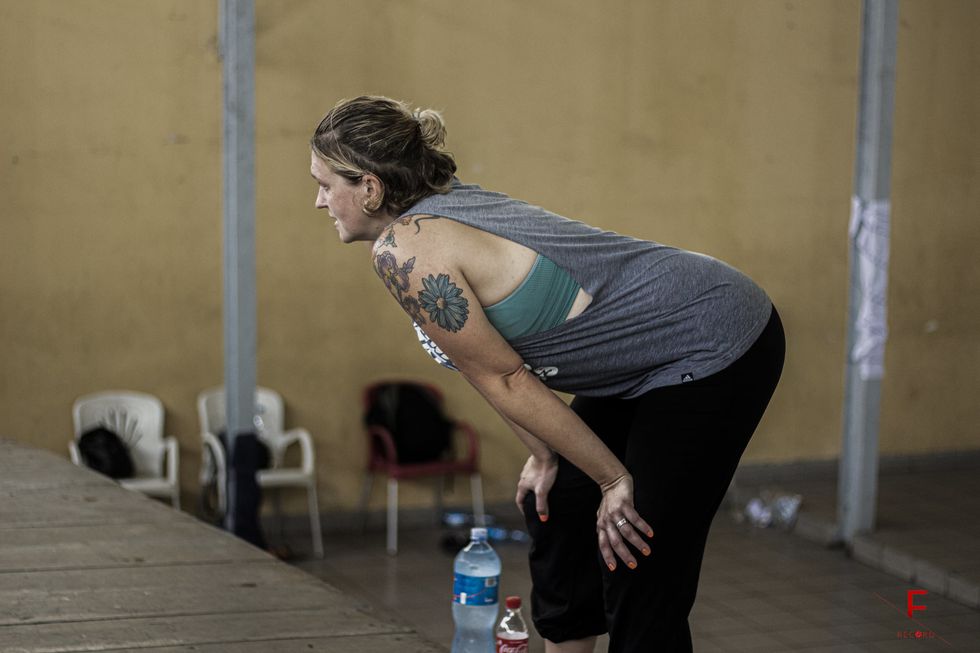
Photo courtesy of Festival Un Pas Vers L’Avant
On learning from failure: “My first Zoom classes felt disastrous to me, because I was completely ignoring that we were online. But that traumatizing experience—I felt like I would never be able to teach well again—made me really explore what was happening and acknowledge everything that was different. I needed to name the things that were giving me anxiety. For example, we weren’t allowed as a group to feel each other and move in a way that was familiar. But after naming that, we could remember as a class what that felt like and then work toward that kinesthetic memory. I needed to do some self-analysis, too: I was moving too fast; they couldn’t hear me; they probably couldn’t see my body in the way they wanted to. The failure of those first classes helped shape how I approached the rest of the semester.”
On getting rid of peer pressure: “In my choreographic lab class, I gave the students assignments where they had to manipulate material we’d worked on together in person and then make a video of it. Normally, when I ask people to work on material on their own, too much of a similar flavor comes out of that. When we’re all in the same spot, people get assumptions about a finished product, or they’re influenced by my presence. On Zoom, though, the students weren’t physically around each other, and I wasn’t present in the room with them, and that really allowed people to sit inside the concepts and make something of their own out of it. They had to be resourceful, dig in where they were and make it work. Through this separation, I was able to really see everyone’s singular experiences more fully.”


